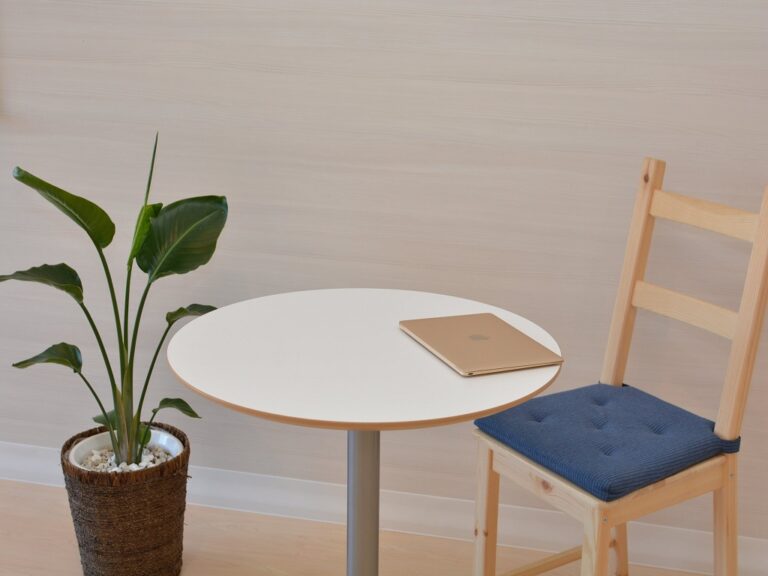The best table is the one that suits your budget, is well-made, fits your room, and has a look you’ll enjoy for many years. When picking a suitable one, there are a few key things to remember. Read on to know what they are.
Don’t Give in To Trends
If you buy anything too outrageous, with too many strange specifics, you could wake up one day wondering what you were thinking. Instead, go for a simple and durable design.
Check the Construction
Consider how it feels to sit at one of those seats; if it would be convenient for long stretches of time and look for signs of wear on floor models. Check for nicks and scratches on the tables that might show how well they can hold up to heavy use at home.
Use a Measuring Tape
The first rule is that the table you intend to buy should fit the room you plan to place it in. This is especially true if you are getting a dining table since it is a deceptively big piece of furniture, and you must make provisions for space around it as well. Start by calculating the length and width of the place you can dedicate to the table, whether it’s part of a multipurpose space or a single room. To get the target table length and width, subtract approximately six feet from those two dimensions.
Consider Your Needs Before Selecting the Shape
Since square and rectangular tables are the most popular, you’ll find a wider range of shapes, sizes, and extendable options there. A circular or oval table, on the other hand, will allow you a bit more room to walk around since it eliminates the corners while also providing a large surface area.
Check the Table Supports
The table’s base, which is typically legs, a pedestal, or a trestle, determines how many people can sit at it. Sit at a table to see how your legs touch the table’s legs. When you scoot all the way in, check to see if you have enough room for your knees and if you should cross your legs under the table. The apron — the frame that supports the tabletop — can limit your maneuvering space.
Choose the Right Table Materials
Wood: Solid wood is a timeless material that is both robust and easy to maintain.
Veneer/Wood-Look: Wood veneer is a less expensive choice than solid wood. Look for tables with specifically identified core interiors, such as kiln-dried hardwood, to identify fine veneers.
Stone and Stone-Look: Granite, quartz composite, and cast stone are all options for stone tabletops (like cement). Stone is long-lasting, but it is also brittle and readily absorbs stains.
Glass: Clear, tinted, and frosted models of glass tabletops are available. They’re inexpensive and can give a room a sense of openness and space.
Metal: Metal is more often used for table bases than tops, and can include stainless steel, bronze, copper, and lacquered or decorated variations of these materials. This is due to the fact that metal is long-lasting and not easily destroyed.
Plastic and Laminates: Plastic and laminates are a low-cost alternative that can be molded into a shape or glued to plywood or another core.


Comments are closed.